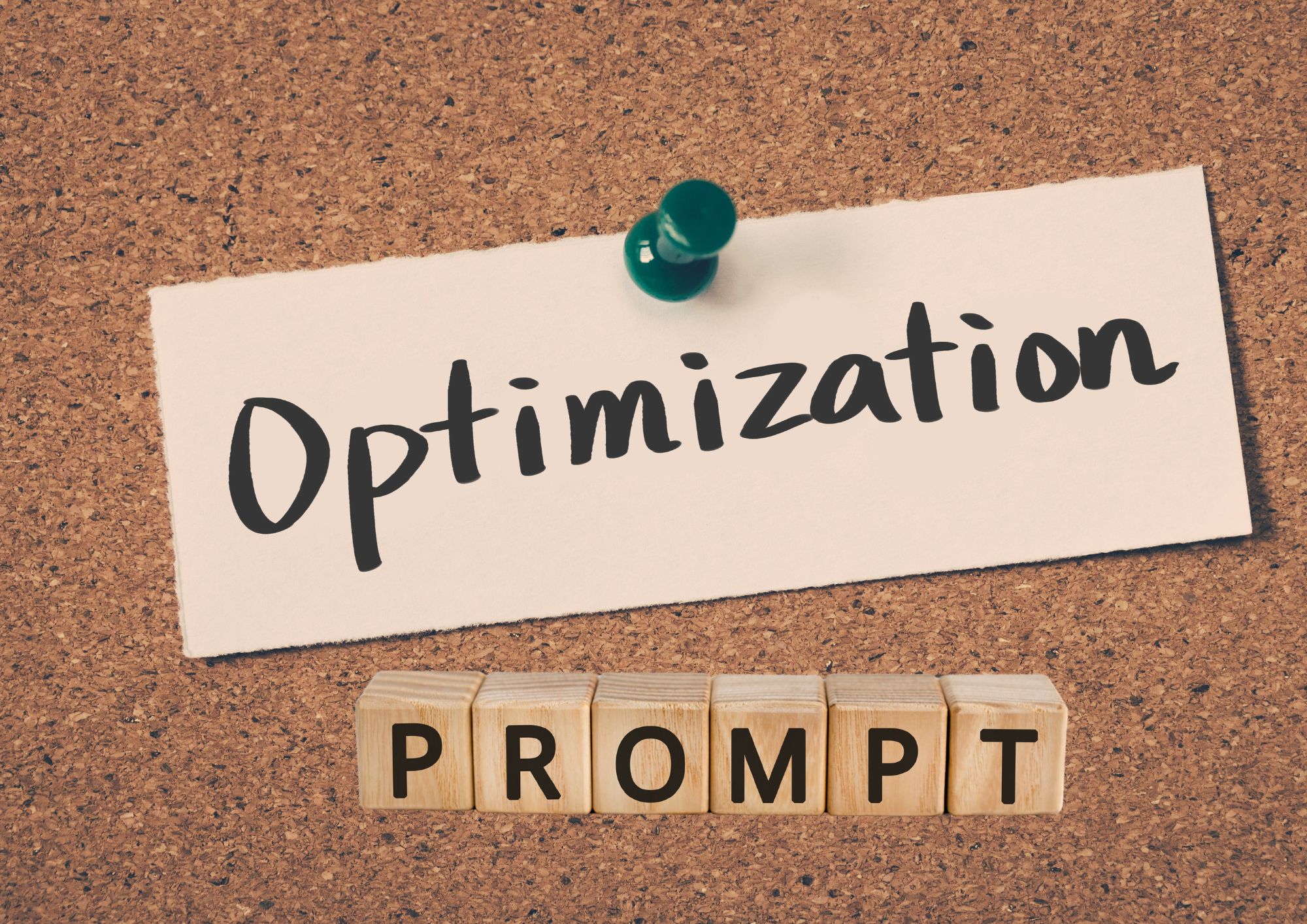Chatbot performance is a crucial factor in determining the success of any AI-powered conversational agent.
With the rapid advancements in natural language processing (NLP) and machine learning technologies, businesses and developers need to keep up with prompt engineering best practices to ensure their chatbots deliver a seamless and satisfying user experience.
In this article, we will dive into the importance of chatbot performance optimization, discuss advanced prompt engineering techniques, and provide actionable examples and code snippets to help you stay ahead of the curve.
Importance of Chatbot Performance Optimization
The performance of a chatbot is often the make-or-break aspect that determines its success. Here are three compelling reasons why chatbot performance optimization matters:
Enhanced User Experience
A well-optimized chatbot provides quick, accurate, and relevant responses to user queries. This, in turn, leads to a better user experience and higher user satisfaction.
For example, research shows that chatbots that can respond within 2-3 seconds see a 30% increase in user satisfaction compared to those with longer response times.
Increased Engagement and Retention
Optimized chatbot performance translates to higher user engagement and retention rates.
When users find value in interacting with a chatbot, they are more likely to return and continue using the service. According to recent studies, optimized chatbots can increase user retention rates by up to 50%.
Improved Conversion Rates
Businesses that optimize their chatbots can benefit from higher conversion rates.
An efficient chatbot can help guide users through the sales funnel, resulting in better lead generation and increased sales. In fact, businesses with optimized chatbots have reported up to a 20% increase in conversion rates.
Prompt Engineering Best Practices
To optimize your chatbot’s performance, it’s essential to employ prompt engineering best practices. Here are five key techniques you can implement:
Context-Aware Prompts
A context-aware prompt considers the user’s input history and other relevant information to deliver a more tailored response. This can be achieved by using context tokens or incorporating memory mechanisms in your chatbot.
Example:
context = "user_message_history"
response = model.generate(context + " chatbot performance")
Explicit Instruction
Sometimes, chatbots require explicit instructions to deliver more accurate results. This can involve providing more context or specifying the desired format of the answer.
Example:
prompt = "Explain chatbot performance optimization in a concise manner."
response = model.generate(prompt)
Step-by-Step Prompts
Breaking down complex queries into smaller, more manageable steps can improve chatbot performance. This approach enables the chatbot to focus on specific tasks, leading to more accurate responses.
Example:
step1 = "List the factors affecting chatbot performance."
step2 = "Explain how to optimize each factor."
response1 = model.generate(step1)
response2 = model.generate(step2)
Negative Examples
Providing negative examples can help the chatbot understand what not to do, refining its response generation capabilities.
Example:
good_prompt = "Describe prompt engineering techniques for chatbots."
bad_prompt= "Just tell me something about chatbots."
model.fit(good_prompt, bad_prompt)
Experimentation and Iteration
Continuously testing, analyzing, and refining your prompts is crucial for achieving optimal chatbot performance. This iterative process allows you to identify areas for improvement and make the necessary adjustments.
Example:
prompt_v1 = "What are the best practices for chatbot performance optimization?"
prompt_v2 = "Explain the best practices for optimizing chatbot performance."
response_v1 = model.generate(prompt_v1)
response_v2 = model.generate(prompt_v2)
compare_responses(response_v1, response_v2)Relevant Examples and Code Snippets
To further illustrate the impact of prompt engineering best practices, let’s examine some real-life examples and code snippets.
SmileyBot: A Chatbot that Understands Emotions 
SmileyBot is an AI chatbot that uses prompt engineering techniques to understand users’ emotions and respond accordingly. It employs context-aware prompts and explicit instructions to generate responses that match the user’s emotional state.
Example:
context = "User is feeling sad."
response = model.generate(context + " Provide comforting words.")
TechSupportBot: Simplifying Complex Technical Queries 
TechSupportBot is designed to assist users with technical issues by breaking down complex queries into step-by-step instructions. It utilizes step-by-step prompts to deliver clear and concise solutions.
Example:
step1 = "Identify the problem with the user's computer."
step2 = "Provide a step-by-step solution to fix the issue."
response1 = model.generate(step1)
response2 = model.generate(step2)
Optimizing chatbot performance is essential for delivering a top-notch user experience, increasing engagement and retention rates, and driving higher conversion rates.
By employing prompt engineering best practices, such as context-aware prompts, explicit instructions, step-by-step prompts, negative examples, and continuous experimentation, you can ensure your chatbot is always one step ahead.
So, start implementing these techniques today and witness the transformative power of optimized chatbot performance.
Thank you for reading our blog, we hope you found the information provided helpful and informative. We invite you to follow and share this blog with your colleagues and friends if you found it useful.
Share your thoughts and ideas in the comments below. To get in touch with us, please send an email to dataspaceconsulting@gmail.com or contactus@dataspacein.com.
You can also visit our website – DataspaceAI





